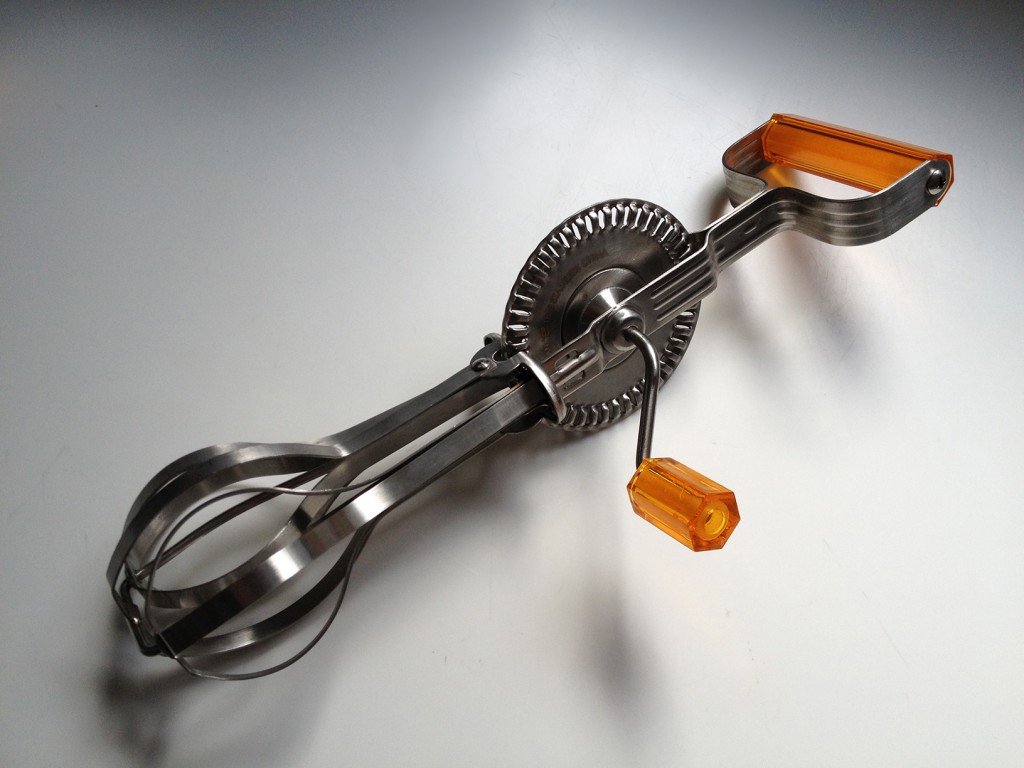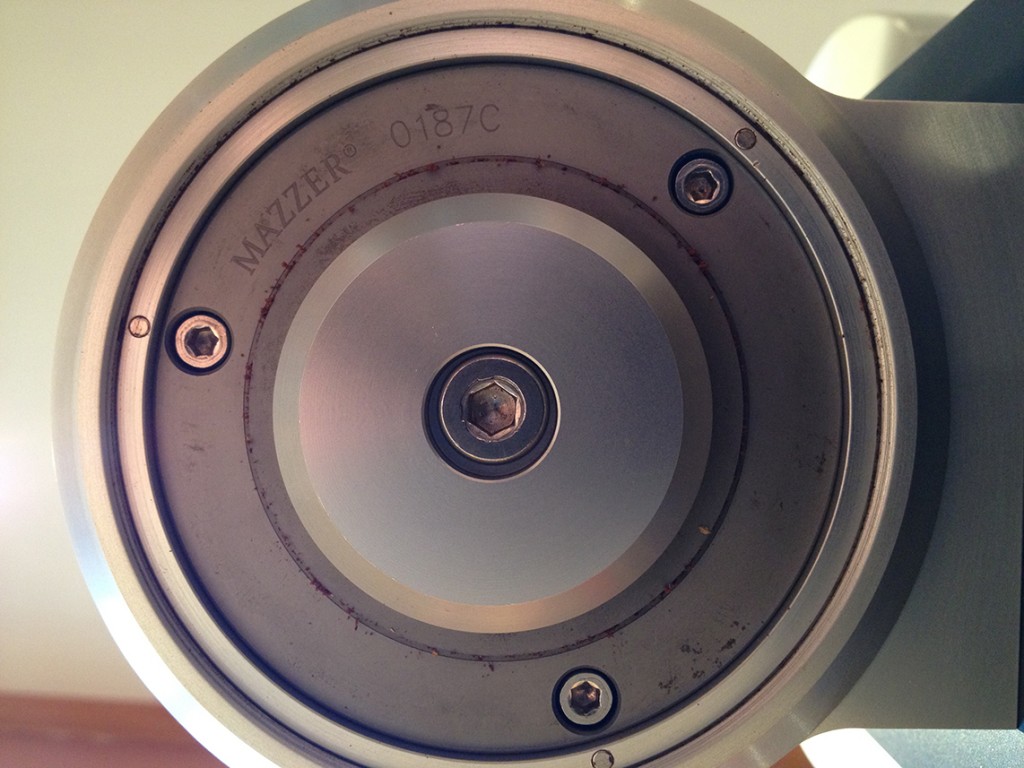
Distribution
Snow finds its own level. It lies where it falls, and unless disturbed, it piles forming soft hills and mounds. Coffee leaving the burrs in the HG-1 behaves in the same way.
For a good shot of espresso, the fine and coarse granules ideally should be evenly dispersed in the volume of the basket. When water passes through the grounds, no one part of the puck is either over or under-extracted, and the result is an evenly balanced shot.
What do the terms distribution and re-distribution really mean? Here’s our take on the matter. Distribution refers to how the coarse and fine granules are spaced within the volume of the grounds, and re-distribution refers to the act of re-organizing the granules in order to achieve a more even spread.
It’s the general consensus that all grinders require some amount of re-distribution, manual or otherwise. As grounds leave the burrs, they might pass through gates, chutes, funnels, screens or dosing chambers, all of which in some way or another, serve to re-distribute the coffee particles. Once into a portafilter basket, the barista then levels and then tamps the grounds, which also qualifies as re-distribution.
As the grounds leave the burrs in the HG-1, they brush against the side of the lower funnel and slide out of the machine, one of the most direct grind paths of any grinder. The coffee comes in contact with very little and, as a direct result, the grounds are very fluffy when they exit the grinder. Outside the funnel, the grounds fall in a circular pattern because of the circular shape of the burr set, with the fines and coarse granules forming a circular pattern as well. If left un-manipulated, the resulting shot would have a bald spot in the center of the basket, or what is colloquially known as a doughnut extraction.

Because of the fluffy nature of the grounds, the volume of an 18g dose coming from the HG-1 easily exceeds the capacity of a standard 58mm basket. Based on re-distribution and volume factors, we’ve designed the blind tumbler to address these issues.
If there’s anything to be gleaned from all of this, please pay attention to the following.
You’ll hear the term WDT being frequently mentioned in regards to the HG-1. Some users recommend using a thin dissecting needle or a similarly thin or narrow device. Using this tool will most likely have no beneficial effect on a shot.
For the best possible results, we advise not grinding directly into your portafilter basket, and instead using the blind tumbler. We recommend quickly stirring the grounds, in order to achieve a homogenous puck. To note, it does matter what implement you choose to stir the grinds. Paul uses a small cocktail whisk and I use a chopstick. The goal is to re-distribute the fines and the coarse particles into a more even distribution. Once the grounds are re-distributed and the volume of the coffee is reduced to fit into your portafilter basket, then tamp and pull.
Different roasts and beans require different techniques. We’ve noticed some beans require absolutely no re-distribution at all, while others require a large amount.